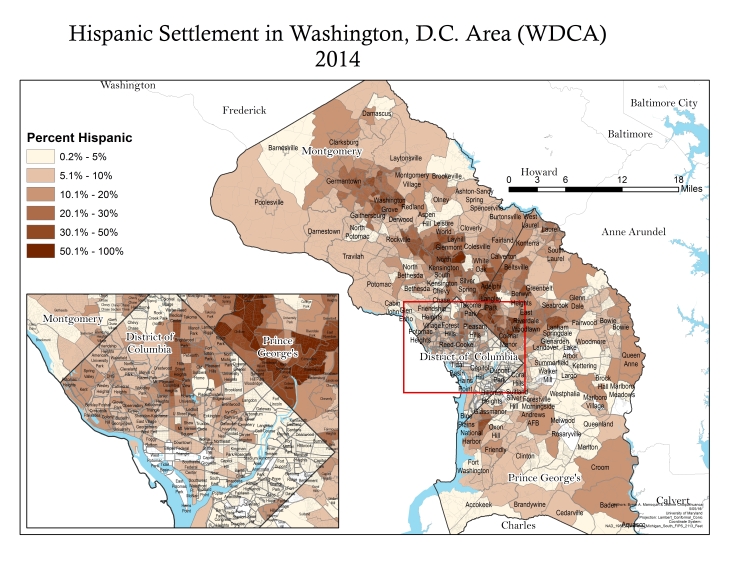
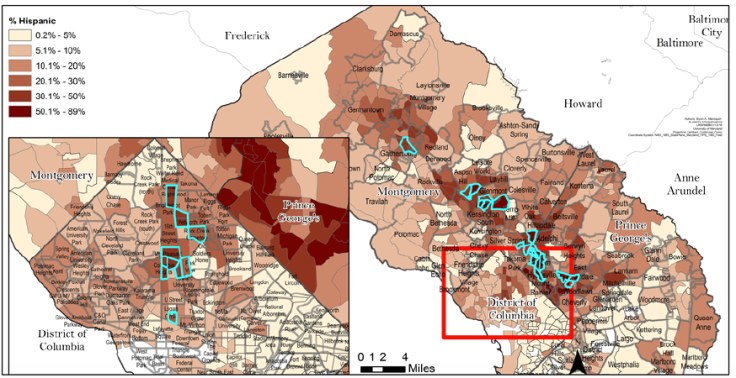
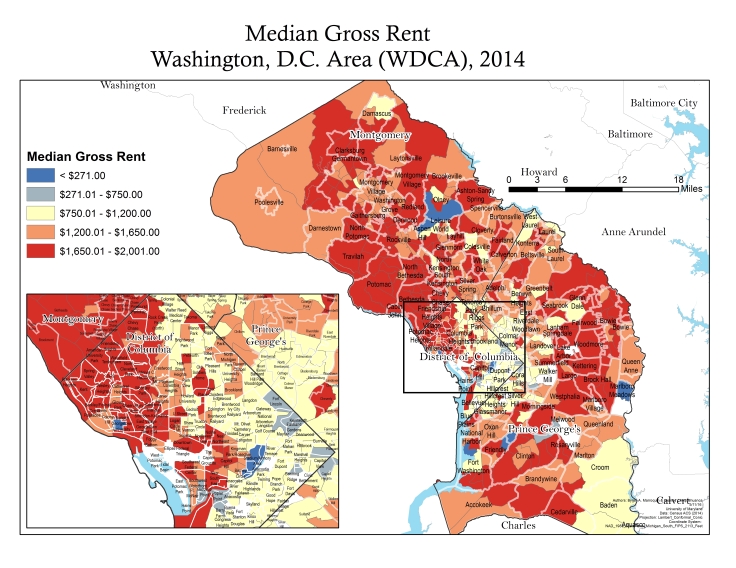

Where Latinos live in Washington D.C., and Montgomery and Prince George’s counties
Maps and analysis by Jeanne Natalia Choquehuanca and Byron Antonio Marroquin
Community spaces like bodegas, pupuserias, beauty parlors, churches, and even soccer fields are often considered “amenities” but nevertheless play a large role in one’s happiness. Take, for instance, grocery shopping: Can you can buy everything you need (or crave) at the corner store, or do you live in a comida típica “food desert” ?
University of Maryland graduate students Jeanne Natalia Choquehuanca and Byron Antonio Marroquin used the U.S. Census Bureau’s 2014 American Community Survey to examine Latino settlement patterns in the Washington area. Among the questions they set out to explore is whether cultural spaces play a role in where Latinos have been moving in recent years.
First they mapped the presence of the Latino population in the District, Prince George’s and Montgomery counties. Then they examined the numbers and locations of Hispanic business and other cultural spaces along the same route I-270 corridor heading northwesterly into the Frederick area, and other areas with large Latino population clusters.
Since their investigation did not include Washington’s Northern Virginia suburbs, it provides an incomplete picture of the greater Washington region. Nonetheless their final results showed a strong positive correlation between the location of cultural spaces and the settlement choices made by Latino households.
Hot Spot Analysis
They used a tool known as “Hot Spot Analysis,” to examine examine whether clusters of cultural spaces are statistically significant, and how these clusters occur alongside concentrations of Latino populations.
A clustering of cultural spaces was evident in Columbia Heights, Silver Spring, Langley Park, and Wheaton and shows a strong overlap of where a high percentage of Hispanics are residing. To a lesser extent, they found Hispanics may be drawn to the prevalence of Hispanic businesses, churches, and other “cultural spaces” in Rockville and Silver Spring in Maryland, U Street NW in Washington, among other parts of the greater Washington region.

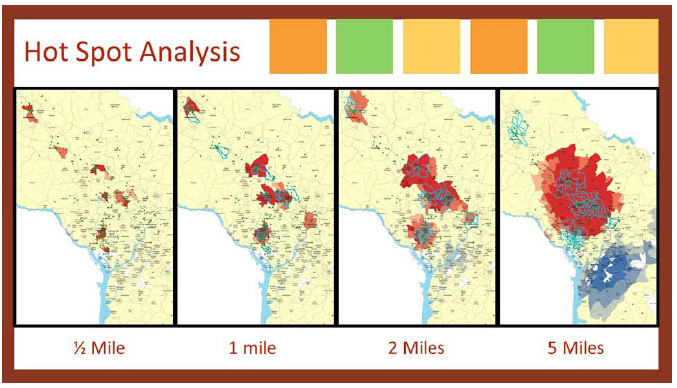
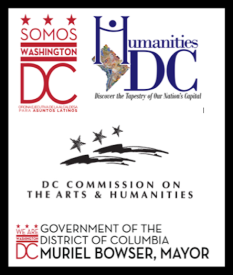

Leave a comment